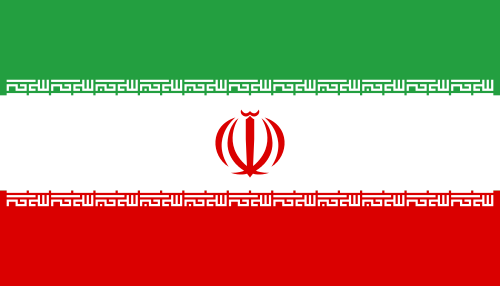Urmia University
Date Establishment
1976
World Ranking
601
Master
500
Academic Staff
480
Students
1300
International Students
152
After the establishment of Urmia University (formerly Reza'iyeh University) and the successful operation of the Reza'iyeh Agriculture Faculty, new colleges were introduced to enhance the educational offerings in the region. Subsequently, the veterinary and science colleges were established, marking a significant expansion for the university. The development of the Naslo campus was a pivotal phase, as all three schools were gradually relocated there.
Following the 1979 revolution and the renaming of Reza'iyeh to Urmia, the university also underwent a name change to become Urmia University. Additionally, a medical school was founded in 1980 and continued its activities until 1985, when it became an independent institution known as Urmia University of Medical Sciences.
Over the years, Urmia University saw continued growth with the establishment of the School of Literature and Humanities in 1988, and the Technical University in 1989. Presently, Urmia University boasts nine faculties, a self-contained campus, the Shahid Bakri Higher Education Center in Miandoab, and a technical faculty in Khoy City. It also houses five research centers, two research institutes, the Science and Technology Park, the ICT Center, the Central Library, a museum, and a structural research center. Notably, the University Board of Trustees, with approval from the Ministry of Science, has recently sanctioned the establishment of three additional faculties: the School of Electrical and Computer Engineering, the Petrochemical Faculty, and the School of Chemistry.
School of Literature and the Humanities
Faculty of Economics and Management
School of Power, Computers and Advanced Technologies
Faculty of Veterinary Medicine
Faculty of Science and Chemistry
Faculty of Sports Sciences
Faculty of Engineering
Faculty of Agriculture
School of Natural Resources
School of Architecture, Urbanism and Art
Urmia University International Campus
Shahid Bakri-ye Miandoab Higher Education Center
Urmia University has achieved notable rankings globally. In the Times Rankings, it holds a position between 701 and 900 worldwide. Furthermore, in the University of Leiden's ranking system (CTS), Urmia University is ranked 800th globally based on scientific standards, making it one of Iran's leading tertiary institutions.
Accommodation in university dormitories at Urmia University varies based on the number of residents per room. As per the regulations of Iran's Ministry of Science, Research, and Technology, international students are required to reside in university dormitories to secure their residency. In addition to this, the university provides hotel facilities in the scenic city of Urmia under discounted contracts.
Students have the option to purchase food from university restaurants at approved rates, which differ based on the type and quantity of food. The university also offers various sports facilities, including indoor swimming pools, gyms, gymnasiums, and outdoor sports areas.
All Iranian and international students at Urmia University are covered by the university-provided accident insurance. The cost of health insurance is determined annually in accordance with health insurance laws.
For transportation, students can utilize the university's bus service, available free or at a cost at specific times, for commuting between the university and the city center. In certain cases, the university's telephone agency provides passenger cars for public services at personal expense.
Furthermore, the installation and use of internet applications like Snapp and Tapsi on mobile phones have become quite common these days.
The initial registration fee for students at the university is $50. An annual fee of $50 is also required. For those interested in the Persian language course, which caters to all levels from beginner to advanced, the fee is $300.


